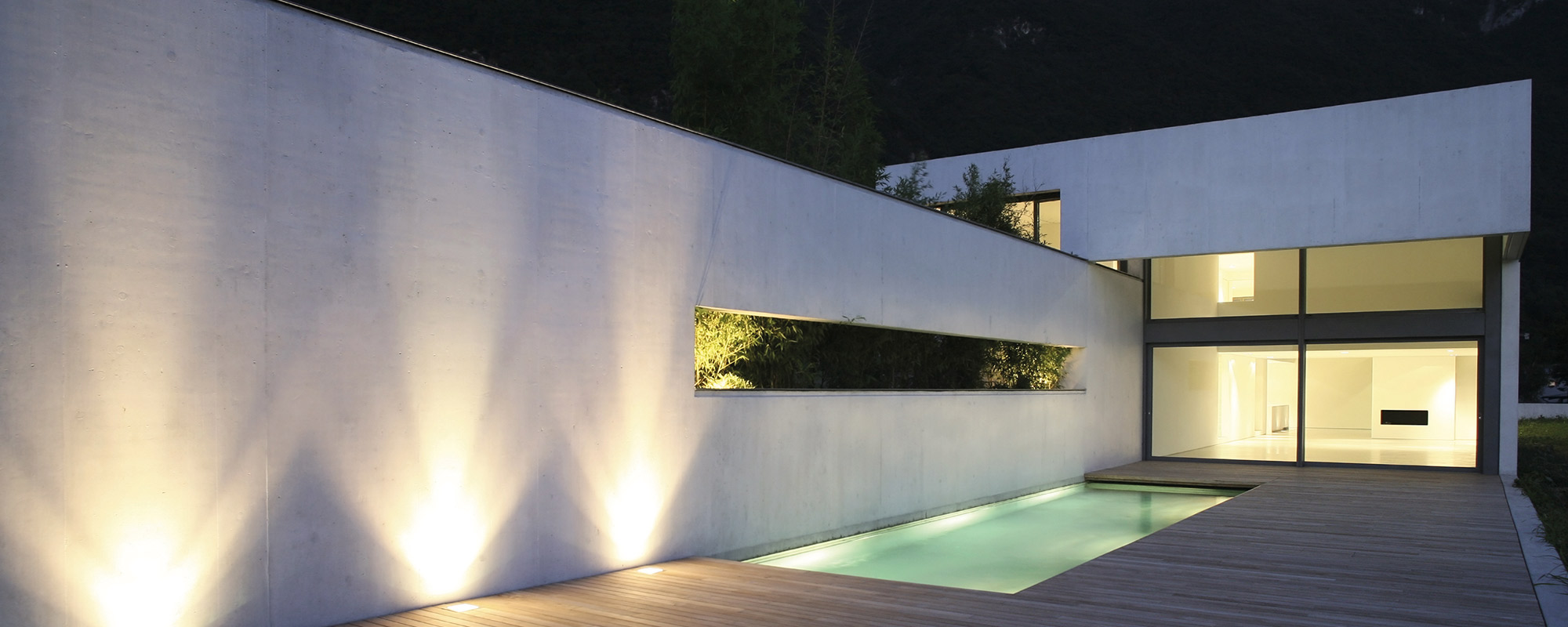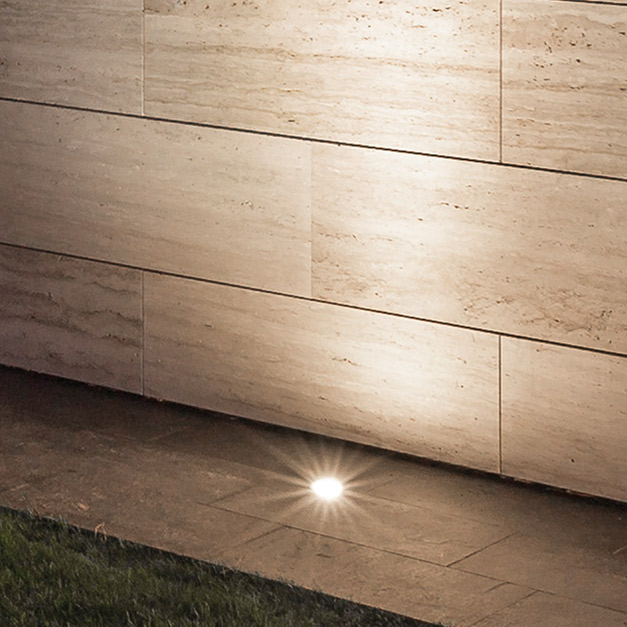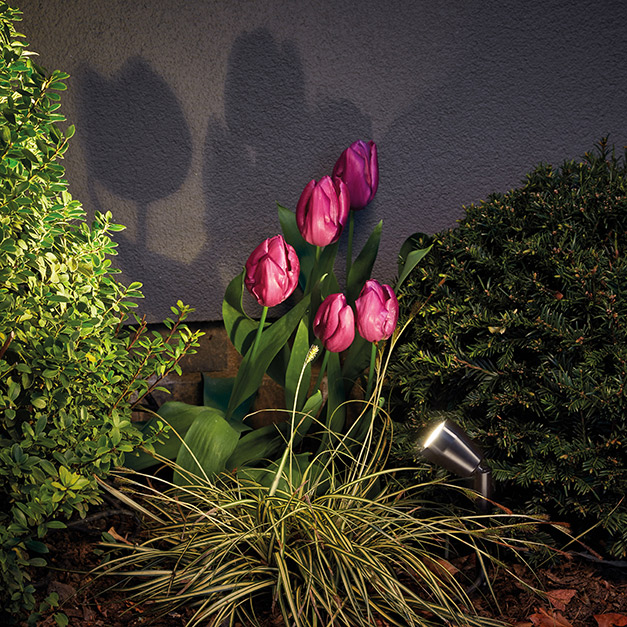We use cookies to make your experience better. To comply with the new e-Privacy directive, we need to ask for your consent to set the cookies. Learn more.


Dos and don'ts of landscape lighting
Follow our tips to create the best outdoor environments
Landscape lighting has a completely different process than when you are lighting internal spaces. This is based on the unique aspects that need will need to be looked into. These can vary from the kind of areas you are lighting, the elements in the surrounding area, as well as considering the water tables. When each of the various aspects have been taken into account, you can expect the space to be perfectly enhanced, and for the installation process to be easier, safer and more efficient.
This article will therefore provide basic guidelines on the kind of things to avoid when lighting external spaces, as well as the practices that will create the ideal environment.
01.
Things to do with landscape lighting
Most outdoor spaces have different designs and they also vary in their structuring. This means that before beginning any lighting project, it is important to start by having a good understanding of the location and needs for lighting the space. This is a great starting point as it will impact the overall lighting scheme by ensuring that each part of the garden or space is beautifully lit, whilst simultaneously helping to avoid any danger zones and any potential hazards.
Another important factor to consider with landscape lighting is the water tables. This part of the lighting process, focuses on the level to which the space is saturated or occupied with water. This is a fundamental aspect because lighting the space requires electricity, and if the ground is saturated with high water levels, it can require a different direction or a particular fitting that considers all possibilities.
A fitting that can be used once the water tables have been considered is the GL016. This ground light is part of the Collingwood submersible range. It has been designed with anti-siphon bung technology which means water is prevented from entering from the back of the light. This is important because this is the part of the product that will be embedded into the ground, and it’s also vital because this ensures uncompromising lit effects as the end result, whilst at the same time also taking into account risk and safety.
Creating appropriate space and range within the various fittings is important. This will establish an elegant framework for the landscape lighting. If the lighting is placed too close together the environment can be overwhelmed with unnecessary lit effects and this can take away from what you are trying to illuminate.
02.
Things not to do with landscape lighting
It is important to avoid using high voltage drivers, but to use drivers with a lower voltage. This can vary between 350mA and 700mA. This type of driver is particularly useful for lighting external spaces as it is better suited for the residual-current device (RCD). This device is a safety measure which has been placed to interrupt the electrical circuit if contacted by any leakage. The higher the voltage the more likely it is for the electric circuit to be affected. This also means there is a higher chance of serious harm caused by electric shock.
Further, while gardens with water features can be enhanced with use of perfect lighting, it is important that you don’t use any other cable joints than gel filled connections. These types of connection boxes help to prevent water from getting inside which makes them a safer option to use. Whilst at the same time, the lighting design effects are not compromised.
Another common mistake is using too much lighting. Specific and dedicated lighting is the process that creates beauty, and what allows for an excellent and detailed design scheme. When too much light is added, the elements in the surrounding area become flat, and there is no perception of depth. Too much light can also cause discomfort and have no visual appeal. Using lesser light will therefore add more dimension, and bring more life to the features and the space.
Take a look at our range of SL130 spike lights, these fitting are easy to install and will enhance and gardens or open spaces.
We are committed to assist in creating a bespoke lighting design that is safe and has considered all key aspects.
For any further assistance, please contact our team on +44 (0) 1604 495 151.




